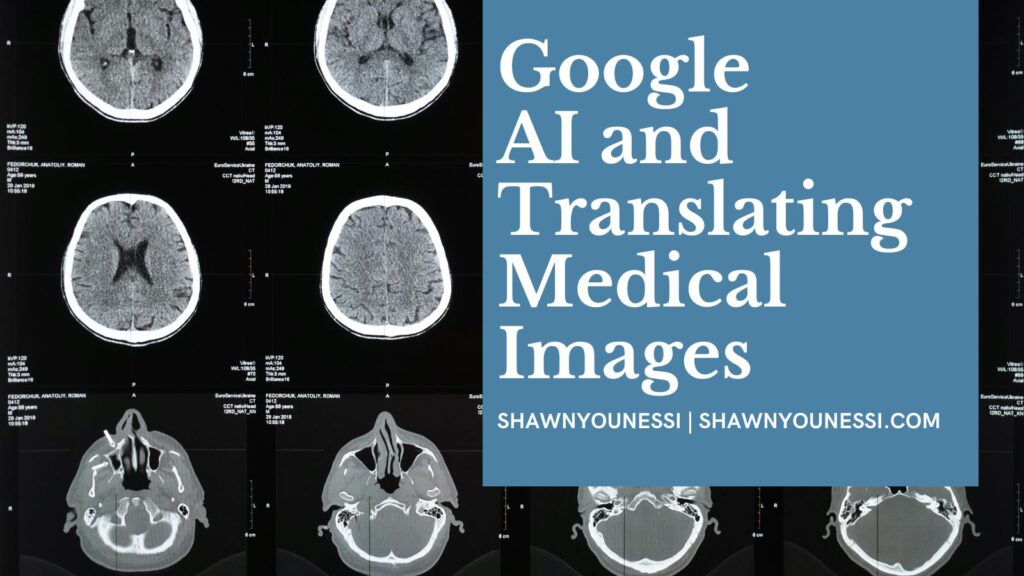
By enhancing the precision and speed of medical diagnostics, Google’s artificial intelligence (AI) technology can potentially revolutionize the healthcare sector. Medical image translation is one area where this technology is already making a significant impact.
This article will discuss how Google’s AI is being used to translate medical images and the potential benefits of this technology for patients and healthcare providers.
Medical Imaging and AI
Medical imaging is an essential tool for diagnosing and treating various medical conditions. However, medical images can be challenging to interpret, especially for healthcare providers not trained in radiology. Medical image translation technology aims to address this issue by using AI algorithms to analyze and interpret medical images, making it easier for healthcare providers to diagnose and treat patients.
Google’s AI technology is being used to develop medical image translation tools to translate medical images into different languages. This is particularly useful in countries where there may be a shortage of healthcare providers who are fluent in multiple languages. The technology can also be used to share medical images with healthcare providers in other countries, allowing them to collaborate and share expertise.
One example of Google’s AI technology used for medical image translation is the Google Cloud Healthcare API. This API allows healthcare providers to upload medical images and receive translated reports in multiple languages. The technology uses natural language processing algorithms to analyze medical images and generate accurate, easy-to-understand reports. This can be especially useful in emergencies where time is of the essence, and the patient’s life may be at risk.
Another example of Google’s AI technology used for medical image translation is the DeepVariant tool. This tool uses machine learning algorithms to analyze genetic data and identify potential genetic mutations that may be associated with medical conditions. This can help healthcare providers to diagnose and treat genetic disorders more accurately and effectively.
Benefits and Challenges
The potential benefits of medical image translation technology are numerous. This technology can improve patient outcomes and reduce healthcare costs by making medical diagnoses more accurate and efficient. It can also help to address language barriers and improve access to healthcare in underserved communities.
However, some potential challenges and limitations are associated with medical image translation technology. One challenge is ensuring that the technology is accurate and reliable. Medical image translation tools must be extensively tested and validated before being widely used in clinical settings.
Another challenge is ensuring that patient privacy and data security are protected. Medical images contain sensitive personal information, which must be kept confidential and secure. Healthcare providers must comply with all relevant regulations and guidelines regarding patient privacy and data security.
Google’s AI technology can potentially transform the healthcare industry by improving the accuracy and speed of medical diagnoses. Medical image translation technology is just one example of how this technology is being used to improve patient outcomes and reduce healthcare costs. While there are some challenges and limitations associated with this technology, the potential benefits are significant, and healthcare providers should continue to explore new and innovative ways to incorporate AI into their practice.